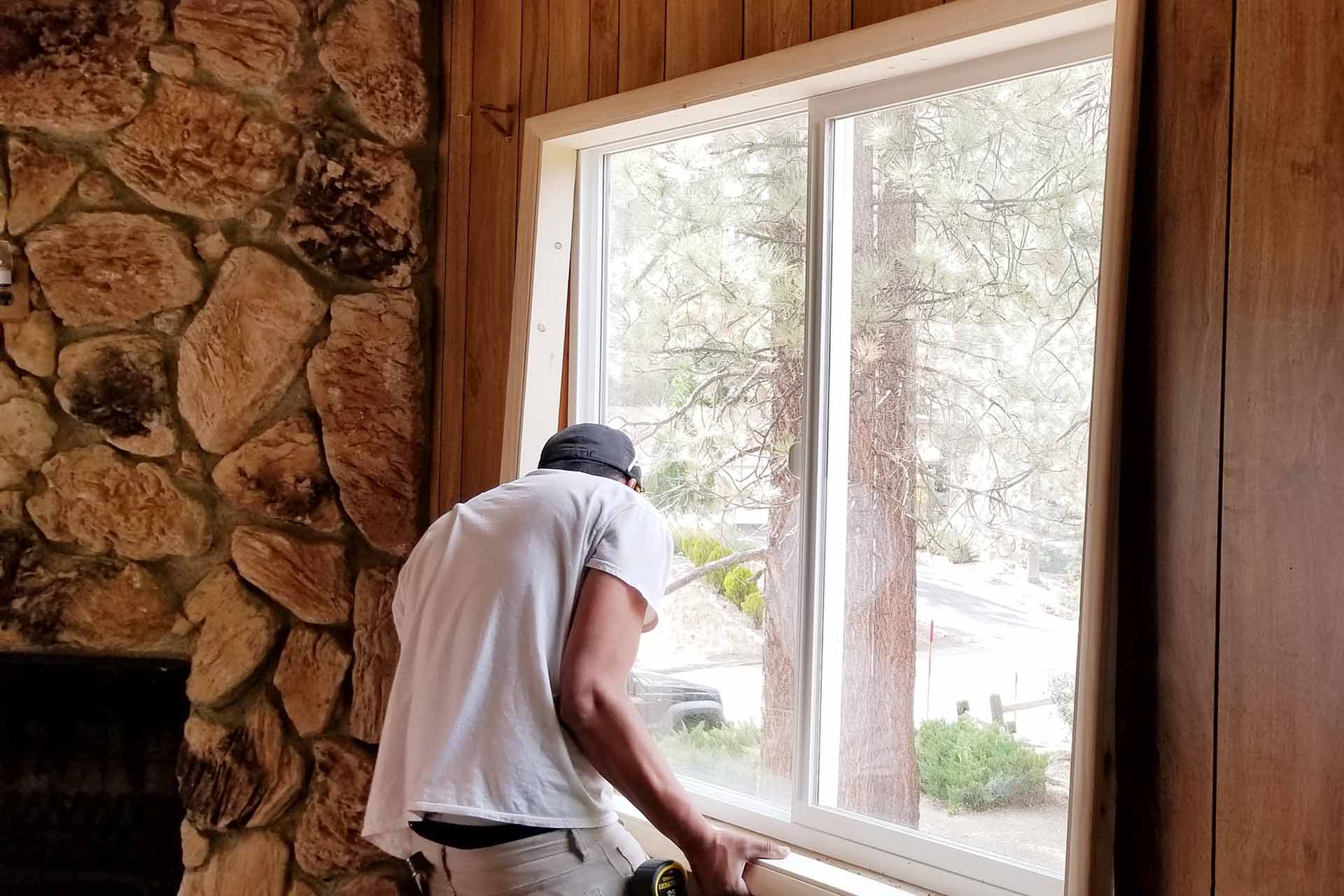5 Tips for Planning Your Exterior Home Improvement Project
Whether it's a roof, a door, or windows and siding, planning and executing repair tasks on these parts of your home can be a difficult endeavor. There are just so many things to take into account during this process. Which installers are you going to hire to do the job? How long will it take to finish that? What materials are the most suitable for your home? What should be at the forefront of your mind while you plan it? To make your life easier, here is a rundown of 5 tips for planning your exterior home improvement project.
1. When making plans, keep the weather in mind
Many people plan to finish their repairs by April, which is smart because any month between spring and fall is ideal for renewing your home's exterior. There are factors to keep in mind when doing exterior repairs or upgrades. For instance, you should keep an eye on the calendar because if you choose to get repairs done in the winter, the materials you're using for the job might not function in colder weather. Roofing should be installed when the temperature is 45 degrees or higher, according to experts because moisture problems are common in cold weather.
2. Select an experienced installer
When it comes to planning your exterior home improvement project, one of the most crucial things to do is find a reputable and trustworthy installation company. This is as vital as the product and materials used for the task at hand. It's always better to put your money into a company that you know is looking out for your best interests rather than a company that is motivated by the money you give them. Choosing the right installer will reassure you and your family that you will have access to the best options for your windows and siding improvement.
3. To stay on schedule and budget, hire a project manager
If you decide to renovate your home, you will also require the services of a project manager who will assist you in keeping your project on track. To complete the project, he or she will employ dependable vendors and subcontractors.
4. Work in stages
Renovating the entire house at once is costly and takes a long time. Instead, break it down into stages. It's entirely up to you to decide where to begin. You can work on one area of your house one year and then, another the next. Alternatively, start with the bottom floor and wait a year before moving on to the top story. In this manner, your budget will remain flexible and not suffer a significant impact.
5. Start with your doors, windows and siding
It's a good idea to start by replacing your doors, windows and siding. Replacing old doors, windows, and siding in your home is a simple, yet efficient way to save money on energy. It also increases the value of your home.

